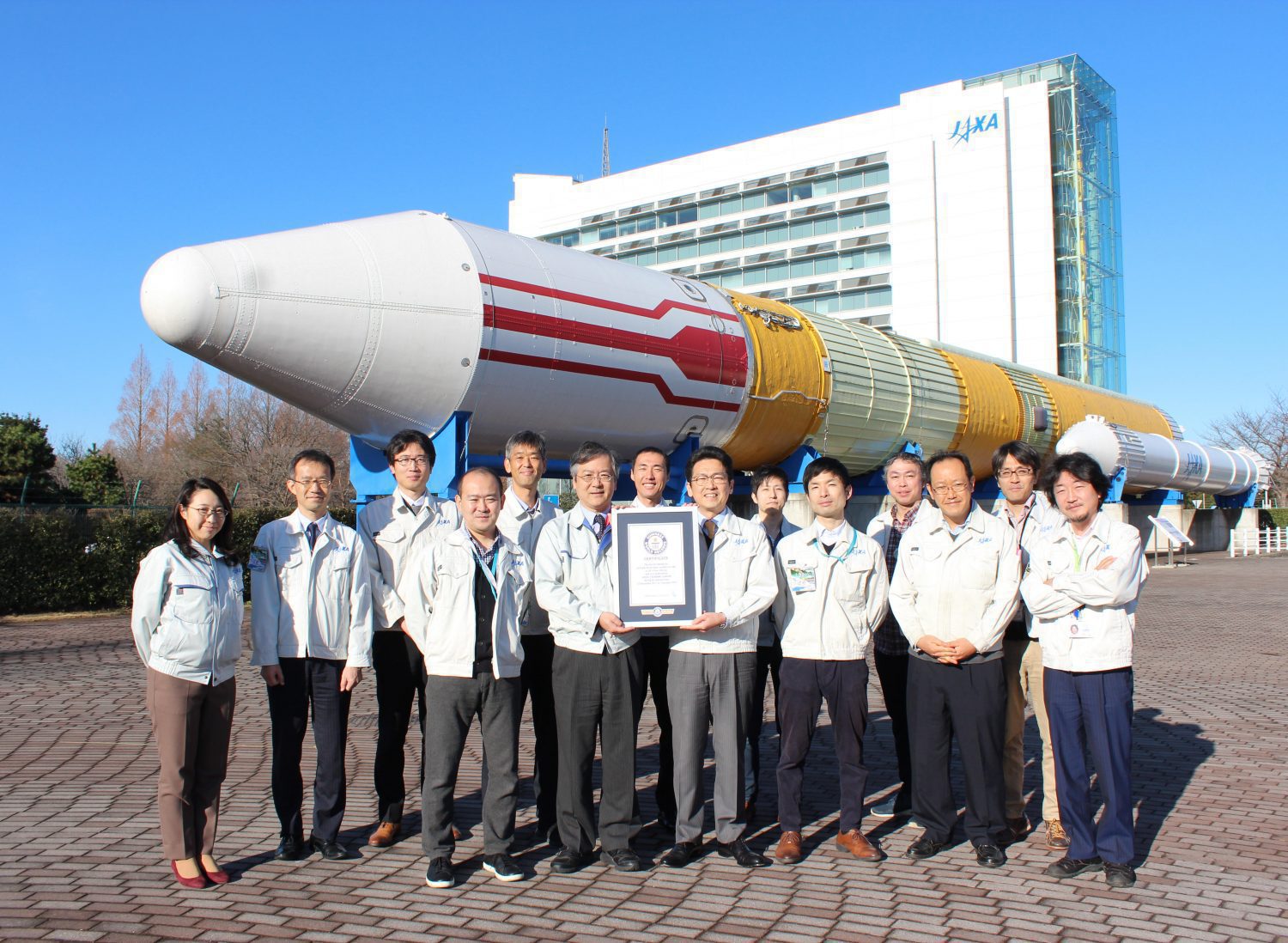

Japan Aerospace Exploration Agency (JAXA) announced that its Super Low Altitude Test Satellite “TSUBAME” (SLATS) was registered by the Guinness World Records as having achieved the “lowest altitude by an Earth observation satellite in orbit.”
With its ion engine, TSUBAME was able to capture high-resolution satellite images despite the atmospheric drag and density of atomic oxygen present in super-low altitudes. It maintained seven different orbital altitudes, with 167.4 kilometers being the lowest. At this altitude, TSUBAME used both its ion engine system and gas-jet thrusters.